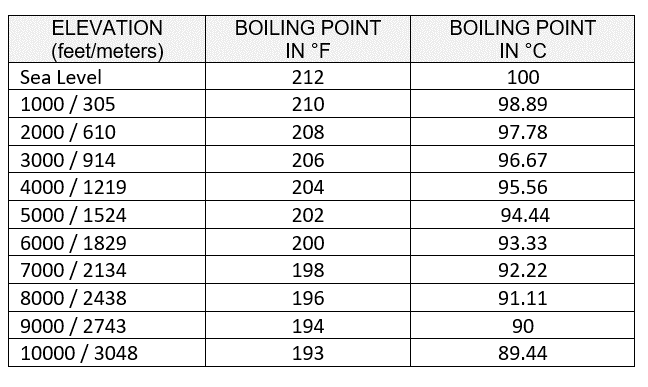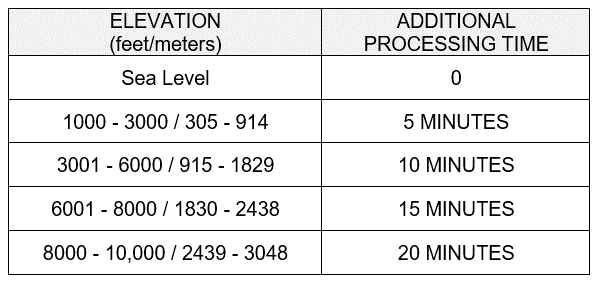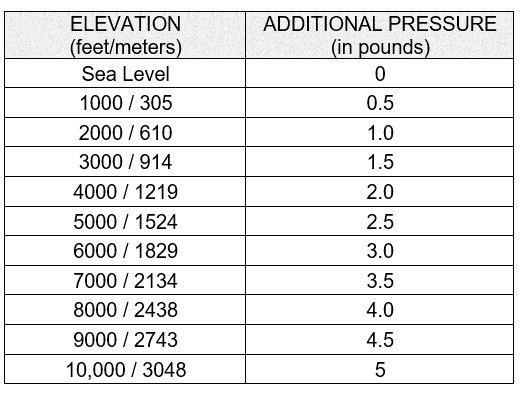High Altitude Cooking Tips
Even at high altitude, I want to enjoy pasta that is cooked properly, hard boiled eggs that aren’t runny in the middle, rich sauces and stews that do not dry out and fried foods that are cooked golden brown. This can be difficult to achieve living above sea level because most recipes do not account for the atmospheric changes that occur the higher up you live.
Living at higher elevations, generally 3,000 feet (914.4 meters) above sea level, presents unique challenges in our kitchen because the air pressure is lower with less oxygen and the air is drier. Not only does this impact our physical bodies as less oxygen is available and more water is required in order to stay hydrated, it impacts how we cook certain foods.
These atmospheric changes mean that foods can take longer take cook, ingredients may need to be modified to achieve the desired result and additional liquid may need to be incorporated to keep the proper consistency. Some of the conditions to consider include a lower boiling point for liquids the higher you go in elevation, and these same liquids will evaporate faster because of that elevation.
We understand your experience, and the information below will help explain some of the needed conversions for cooking at high altitude.
EGGS, POTATOES, RICE & PASTA
Creamy deviled eggs, mashed potatoes with gravy, tortellini with spinach and bacon and a rice dish can all be made delicious even at high altitude! Cooking these items and many others that require boiling liquid, may need adjustment due to the change in atmospheric pressure and the maximum temperature the water can get boiling on your stovetop.
At higher elevations, water reaches a boiling point at lower temperatures. Foods will begin cooking at a lower temperature, and will take longer to cook. Potatoes, rice and pasta are examples of foods that may need additional cooking time.
At sea level, water boils at 212°F / 100°C. For every 500-feet above sea level, the boiling point of water is lowered by just under 2°F / 1°C. The boiling point for elevations up to 10,000 feet (3,048 meters) are shown below.
Boiling points of water at increasing elevation intervals









